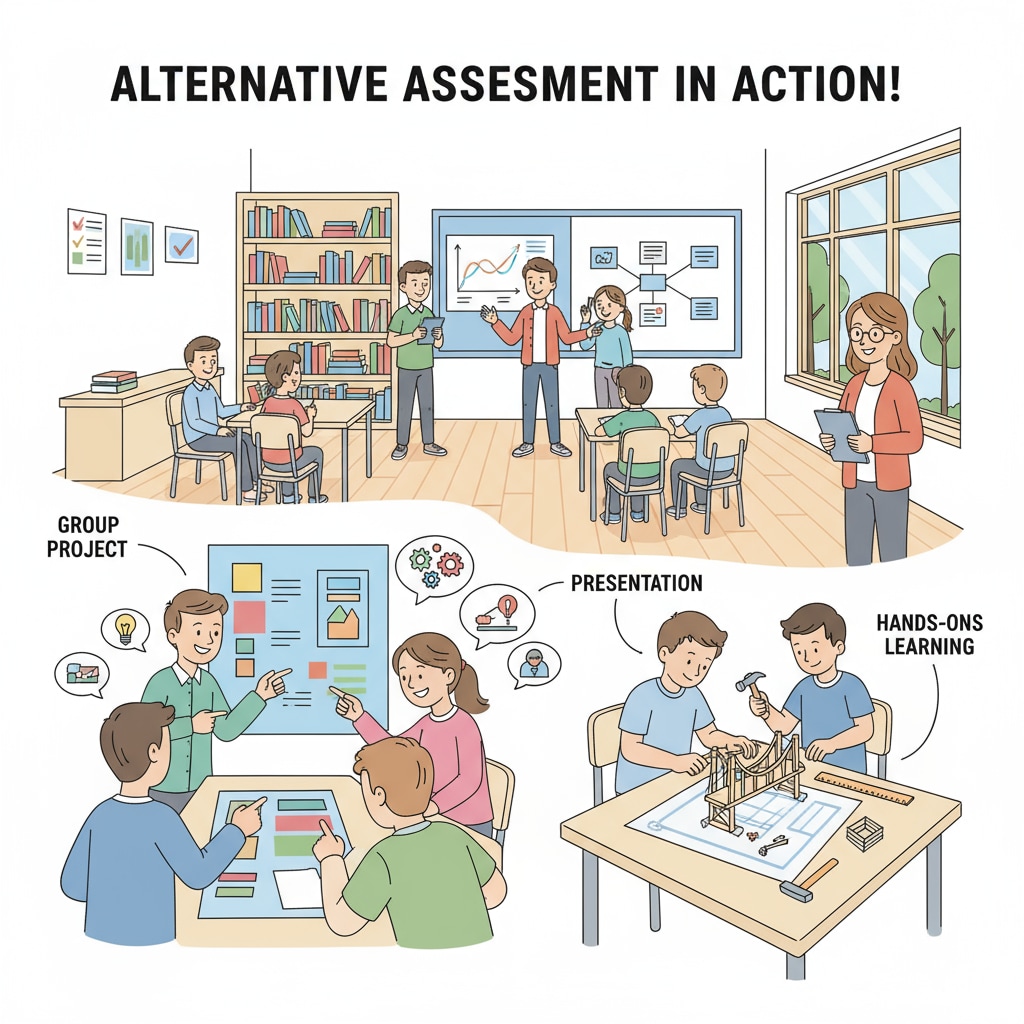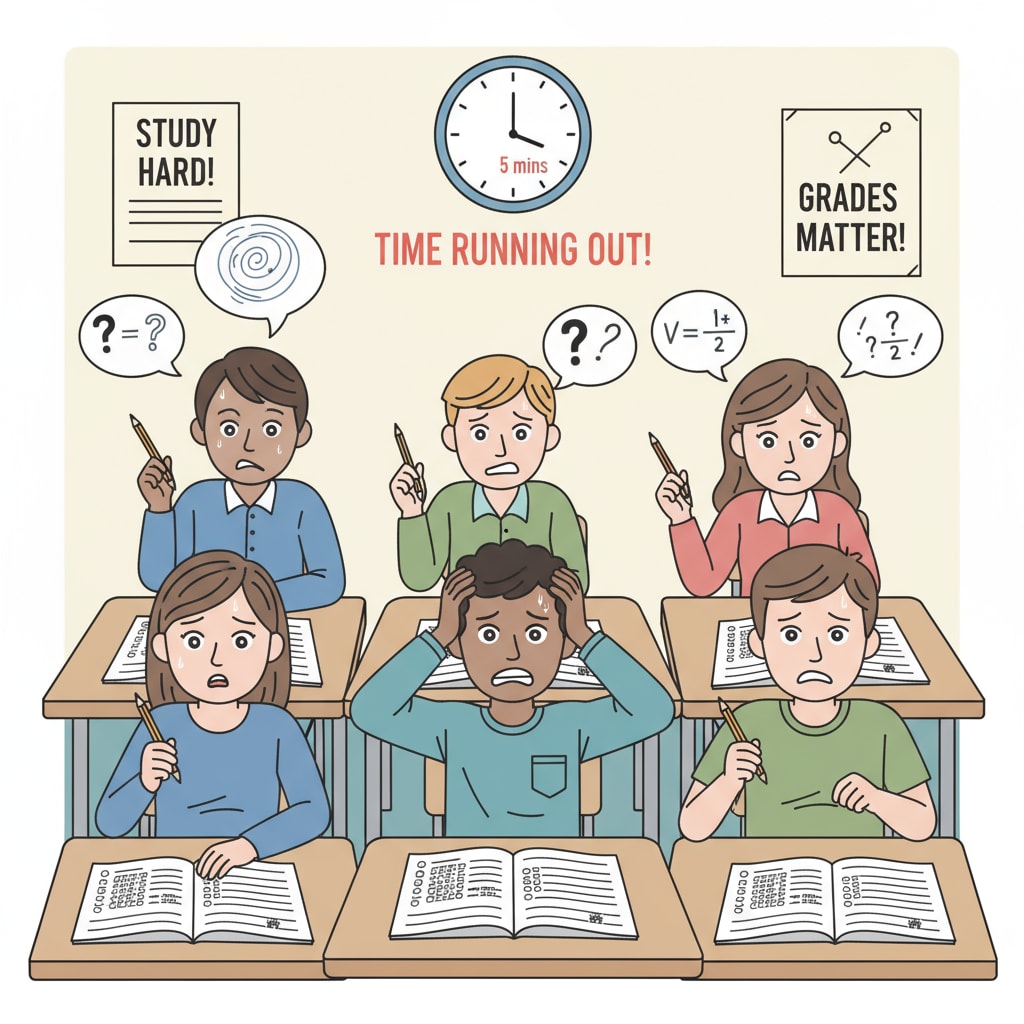Student assessment, educational perspectives, and teaching strategies are crucial aspects of the modern education landscape. Traditional methods of educational assessment are struggling to meet the demands of contemporary education. This article aims to explore the true purpose of educational assessment, analyze the limitations of the current system, and propose alternative assessment strategies that are more inclusive and development-oriented, ultimately helping educators build more effective student learning feedback mechanisms.

The True Purpose of Educational Assessment
Educational assessment is not merely about assigning grades or ranking students. Its fundamental purpose is to gain insights into students’ learning progress, strengths, and areas for improvement. As stated by the National Education Association, assessment should be a tool for educators to understand how students are learning and what they need to succeed. By identifying students’ learning needs, educators can tailor their teaching strategies to better support each student’s growth. For example, if an assessment reveals that a student is struggling with a particular concept, the teacher can provide additional resources or one-on-one instruction.
Limitations of the Current Assessment System
The current assessment system, which often relies heavily on standardized tests, has several limitations. Standardized tests typically measure a narrow range of knowledge and skills, focusing mainly on rote memorization and regurgitation of facts. This approach fails to capture students’ creativity, critical thinking abilities, and problem-solving skills. Moreover, as Education Week reports, these tests can create high levels of stress for students, potentially hindering their learning. Additionally, they may not accurately reflect the diverse learning styles and backgrounds of all students, leading to unfair evaluations.

Another limitation is that the emphasis on scores can lead to a narrow focus on test preparation rather than genuine learning. Teachers may feel pressured to teach to the test, sacrificing in-depth exploration of subjects and the development of broader skills. This can result in students having a superficial understanding of the material and being ill-prepared for real-world challenges.
Alternative Assessment Strategies
To address these limitations, alternative assessment strategies are needed. One such approach is performance-based assessment. This involves students demonstrating their knowledge and skills through real-world tasks, projects, or presentations. For example, students could be asked to design and build a model to solve a scientific problem or create a marketing campaign for a product. Performance-based assessment allows educators to evaluate students’ ability to apply what they have learned, think critically, and communicate effectively.
Portfolio assessment is another valuable alternative. Students compile a collection of their work over time, including assignments, projects, and reflections. This provides a comprehensive view of their learning journey, showing growth, progress, and areas of strength. Portfolios can also include self-assessments and peer evaluations, encouraging students to take ownership of their learning and learn from their peers.
Formative assessment is an ongoing process that occurs during instruction. It includes techniques such as classroom discussions, quizzes, and informal observations. By providing timely feedback to students, formative assessment helps them adjust their learning strategies and stay on track. Educators can use this feedback to make immediate adjustments to their teaching, ensuring that it meets the needs of the students.
Readability guidance: In this article, we have explored the true purpose of educational assessment, the limitations of the current system, and alternative assessment strategies. By understanding these aspects of student assessment from educational perspectives and implementing effective teaching strategies, educators can create a more supportive and effective learning environment for their students.


